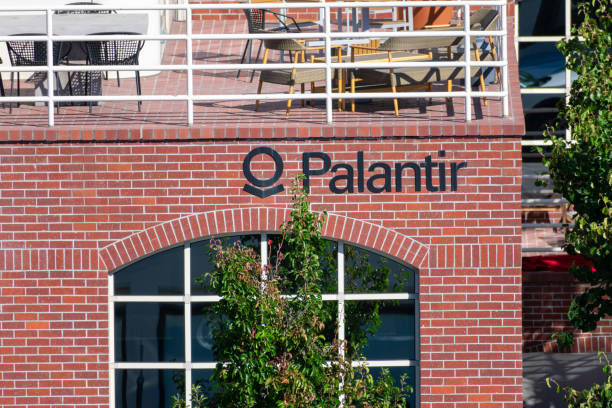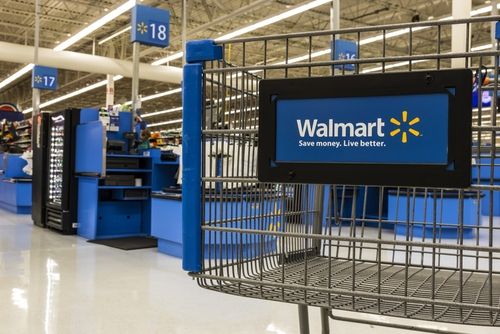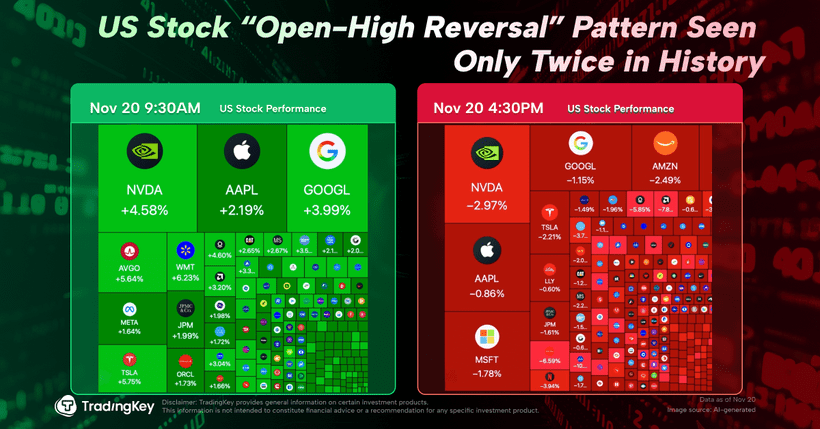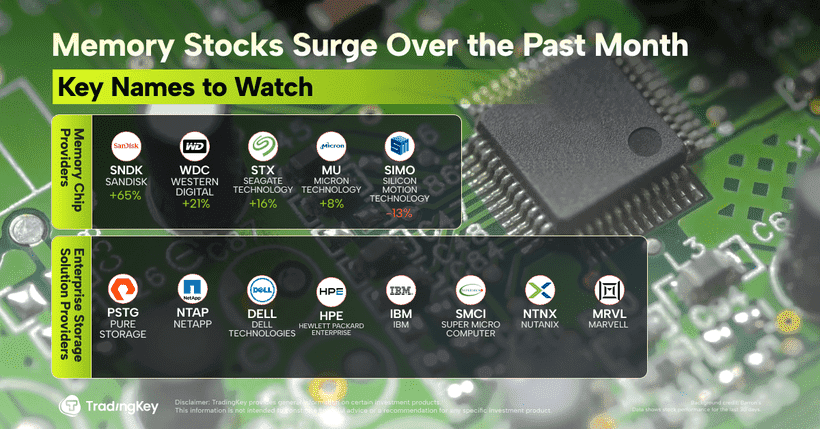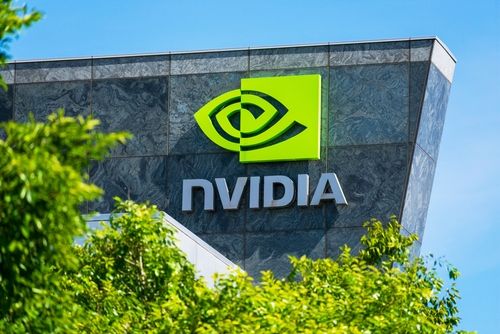The Accounting behind Oracle’s AI Ambitions

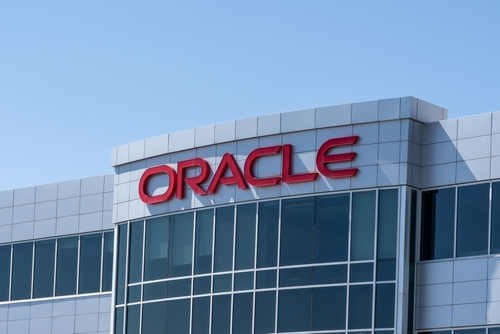
TradingKey - On the 7th of October, Oracle stock fell 5% after a report shared by The Information giving more insights into the company’s profitability in their own cloud business. The day after, the stock rebounded, but the questions remain.
2025 is a quite eventful year for Oracle – the company is at the forefront of cloud development, participates in the giant Stargate project, makes gigantic deals with OpenAI, and it is about to take control of TikTok, the hottest social media in the US. Unsurprisingly, the stock price of the company is up 74% year-over-year.
In the context of the recent news, we would like to make a deeper financial dive into the profitability of Oracle’s AI ambitions, beyond the hype and the pure narrative.
In 2026Q1 (three months ending August), Oracle generated $900 million of revenue renting Nvidia chip-powered servers. This $900 million is part of the total cloud revenue for Q1, which was $7.2 billion. Within the $7.2 billion total cloud revenue, we have three types of cloud services:
- Infrastructure-as-a-Service (IaaS)
- Platform-as-a-Service (PaaS)
- Software-as-a-Service (SaaS)
The IaaS portion of ORCL’s cloud business generated $3.3 billion of revenue (Oracle put it under the label of “Oracle Cloud Infrastructure” in its financials). The rest, including the PaaS and SaaS businesses, equals $3.9 billion. The mentioned $900 million of revenue is part of the IaaS portion.
So, as for this $900 million, the gross profit disclosed by The Information was $125 million, which means a gross margin of just 14%. To put it in context, this 14% GPM is quite low. Firstly, that’s far below Oracle’s total GPM of roughly 67% and secondly, the IaaS margins for other cloud peers like AWS, Azure and Google Cloud are roughly 50%. For reference, among the three cloud services, IaaS has the lowest margins mostly due to depreciation of physical infrastructure.
Also, we need to clarify that this $900 million is the revenue generated from all kinds of Nvidia chips, and for Blackwell specifically, the gross profit is negative $100 million. In simple words, the Nvidia chips' costs are currently higher than the revenue Oracle can generate from them.
But why is the profit so low?
Well, the costs of revenue include various costs like labor, power (these chips require plenty of it), operations and equipment depreciation (chips need to be renewed every 4-5 years).
The investors are worried due to a number of factors. Firstly, as the IaaS business is scaling up, the low margin of 14% will definitely dilute the currently high company-wide margin of 67%. Secondly, Oracle is in a chasing position when it comes to cloud business, where the leaders are Alphabet, Microsoft and Amazon. In order for Oracle to compete with them, they have to provide its cloud services at a lower price, which puts a ceiling on its cloud margins. As mentioned before, AWS, Azure, and Google Cloud IaaS margins are all around 50%.
On the other hand, we have the problem of a strained balance sheet of Oracle, where the current cash is limited but the debt is significant, which makes it urgent for them to become profitable as soon as possible.
This puts Oracle in a tough balance between gaining market share and maintaining healthy financials.
So, where do we put the giant $455 billion of remaining performance obligations (RPO) in the whole picture?
As disclosed in the Q1 financials, Oracle’s total RPO is $455 billion. Within this amount, the cloud RPO is $317 billion, and the OpenAI deal is $300 billion.
The majority of this $300 billion RPO represents the OpenAI deal for IaaS. Now that we know the low margins for IaaS, it appears that $300 billion will take some time to generate significant profits
We believe that even if the current GPM is 14%, the margin will probably expand to around 35% after five years, assuming an average GPM of 25% across the five years of the RPO.
Also, we assume 10% of revenue goes to operating expenses, and then we have an estimate of 15% operating profit from the RPO. 15% OPM of $300 billion is $45 billion or $9 billion of average operating profit per year.
However, we need to be aware that operating income of Oracle will most probably improve over time, so in the long run the investment will look more attractive. Thus the 14% GPM from all Nvidia chips, including the $100 million loss from Blackwell chips is not permanent, and sooner or later we will see much higher level of profitability, as we see right now with Google, Amazon and Microsoft cloud businesses.
CapEx Side
In order to compare whether $9 billion of operating income is a lot or not, we need to see the capex side. For FY2026, the management has projected total capex at $35 billion, with servicing the RPO taking roughly 80% of it - $28 billion.
Simply speaking, Oracle will start with spending $28 billion of capex and this number will gradually increase over time as the project progresses. 50-60% of the Capex will primarily go to Nvidia chips (H100 costs around $25,000-$30,00 per piece, while Blackwell is around $45,000-$50,000). The other half of the capex will go for cooling and networking infrastructure primarily.
Here is a summary of the calculations:

Overall, judging from the numbers, we can see significant gap between profitability (cash generation) and capital expenditure, especially in the context of Oracle’s fragile balance sheet of $11 billion of cash and $91 billion of debt.
On the Positive Note
Oracle still has ways to manage this complex financial picture. Firstly, the other business lines of the company have relatively high margins, thus bringing positive cash flows.
Secondly, the company, with all its size and influence, can have access to different types of financing, whether it will be from more debt, government grants or equity offerings. The term “too big to fail” may apply here, as the US government prioritizes AI development; they will do anything to support the national AI champions.
Thirdly, the profitability of ORCL in their IaaS may be low now at 14% but it may quickly ramp up with time. Also, the capex number of $35 billion per year might be overly conservative, as a lot of the costs are to be incurred or recognized upfront, implying not-as-high capex in the future.
However, this does not change the fact that Oracle is taking big risks.
From business perspective, Oracle is an old-school player and does not have the unique competitive advantages as other AI players like Nvidia, Google, Open AI, Microsoft or Amazon, thus they have to take over less profitable (from margin perspective) functions within the AI value chain, so they can stay relevant. Whether this will repay in long-tern, only time will tell.
-3358f2321f0742959d096793bbb186ba.jpg)


